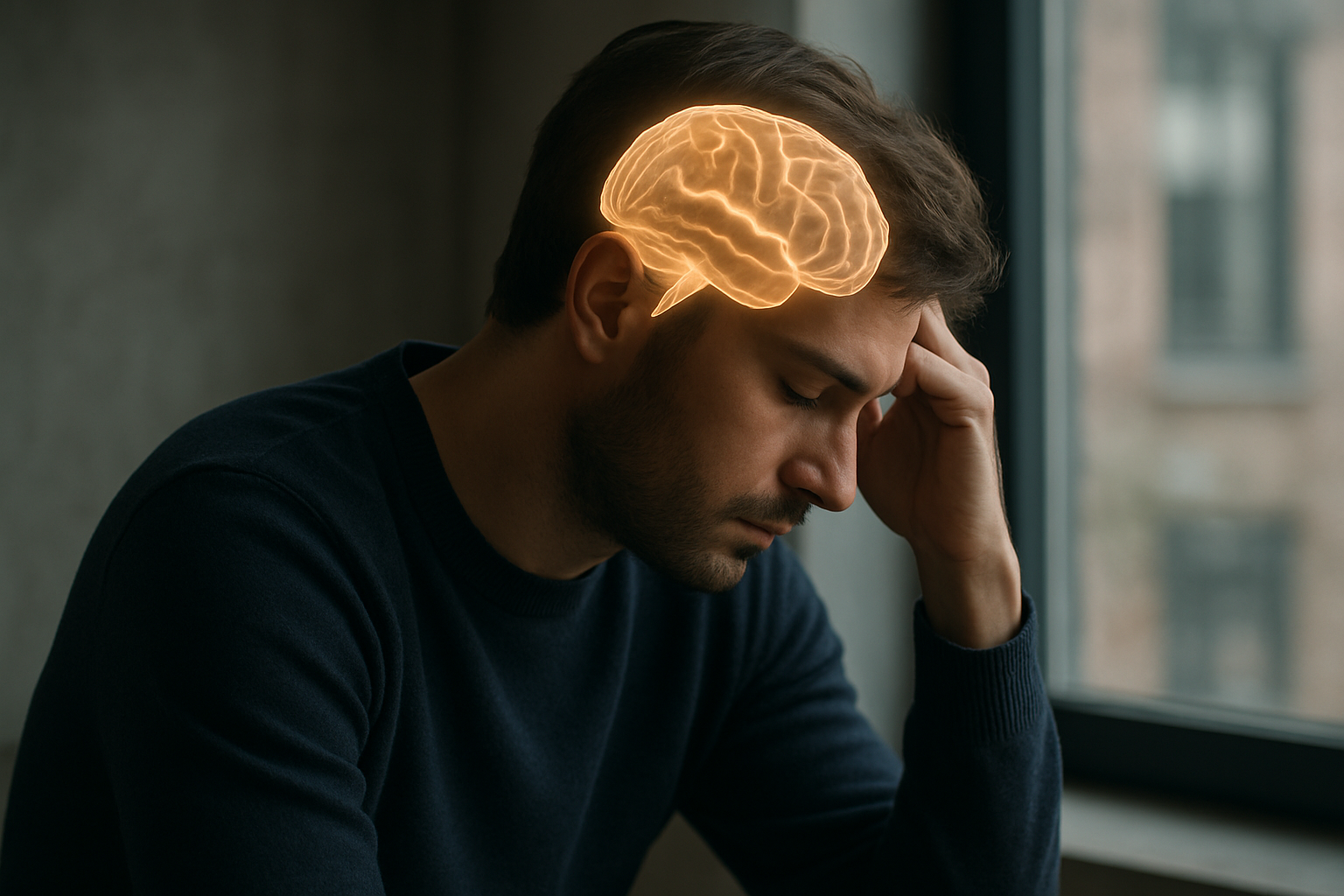Navigating the Labyrinth of Anxiety Disorders
Anxiety disorders are among the most prevalent mental health conditions worldwide, affecting millions of people across all demographics. These complex and often misunderstood disorders can significantly impact an individual's quality of life, relationships, and overall well-being. Despite their widespread occurrence, anxiety disorders remain shrouded in misconceptions and stigma, making it crucial to shed light on their nature, causes, and available treatments. This article delves into the multifaceted world of anxiety disorders, exploring their historical context, current understanding, and the evolving landscape of treatment options. By examining the latest research and expert insights, we aim to provide a comprehensive overview of anxiety disorders, empowering readers with knowledge and understanding of this pervasive mental health challenge.

It wasn’t until the late 19th and early 20th centuries that anxiety began to be studied as a psychological phenomenon. Sigmund Freud’s work on neuroses laid the groundwork for modern understanding of anxiety disorders. He proposed that anxiety was a result of repressed unconscious conflicts, a theory that dominated psychological thinking for decades.
The mid-20th century saw a shift towards a more biological understanding of anxiety disorders. The development of psychopharmacology and the discovery of drugs that could alleviate anxiety symptoms led to a growing recognition of the role of brain chemistry in these conditions. This period also saw the emergence of cognitive-behavioral theories, which emphasized the role of thought patterns and behaviors in the development and maintenance of anxiety disorders.
The Neurobiological Underpinnings of Anxiety
Recent advances in neuroscience have dramatically expanded our understanding of the biological basis of anxiety disorders. Research has revealed that these conditions involve complex interactions between various brain regions, neurotransmitter systems, and genetic factors.
The amygdala, a small almond-shaped structure in the brain, plays a central role in processing fear and anxiety. Neuroimaging studies have shown that individuals with anxiety disorders often exhibit heightened amygdala activity in response to potential threats. This overactivity is thought to contribute to the excessive fear responses characteristic of anxiety disorders.
The prefrontal cortex, responsible for executive functions and emotion regulation, also plays a crucial role. In anxiety disorders, there appears to be a dysfunction in the communication between the prefrontal cortex and the amygdala, leading to difficulties in regulating emotional responses.
Neurotransmitters, particularly serotonin, norepinephrine, and gamma-aminobutyric acid (GABA), have been implicated in anxiety disorders. Imbalances in these chemical messengers can contribute to the development and persistence of anxiety symptoms. This understanding has led to the development of various medications targeting these neurotransmitter systems.
The Spectrum of Anxiety Disorders
Anxiety disorders encompass a range of conditions, each with its own unique characteristics and challenges. The Diagnostic and Statistical Manual of Mental Disorders, Fifth Edition (DSM-5) recognizes several distinct anxiety disorders:
-
Generalized Anxiety Disorder (GAD): Characterized by persistent and excessive worry about various aspects of life.
-
Panic Disorder: Involves recurrent, unexpected panic attacks and fear of future attacks.
-
Social Anxiety Disorder: Marked by intense fear of social situations and negative evaluation by others.
-
Specific Phobias: Intense fear of specific objects or situations, such as heights, spiders, or flying.
-
Agoraphobia: Fear of places or situations where escape might be difficult or help unavailable.
-
Separation Anxiety Disorder: Excessive fear of separation from attachment figures.
Each of these disorders presents unique challenges in diagnosis and treatment, highlighting the importance of a nuanced approach to anxiety disorders.
The Impact of Modern Life on Anxiety
The prevalence of anxiety disorders has been on the rise in recent decades, prompting researchers to examine the potential impact of modern life on mental health. Several factors have been identified as potential contributors to this trend:
-
Digital Overload: The constant connectivity enabled by smartphones and social media has been linked to increased anxiety, particularly among younger generations.
-
Information Overload: Easy access to a constant stream of news and information can lead to heightened worry about global issues.
-
Work-Life Balance: Increasing work pressures and the blurring of boundaries between work and personal life can contribute to chronic stress and anxiety.
-
Social Comparison: Social media platforms have amplified the tendency to compare oneself to others, potentially fueling social anxiety and low self-esteem.
-
Environmental Concerns: Growing awareness of climate change and environmental issues has led to the emergence of “eco-anxiety” among many individuals.
Understanding these modern factors is crucial for developing effective prevention strategies and interventions tailored to contemporary life.
Innovative Approaches to Treatment
While traditional treatments like cognitive-behavioral therapy (CBT) and medication remain cornerstones of anxiety disorder management, recent years have seen the emergence of innovative approaches:
-
Mindfulness-Based Interventions: Techniques such as mindfulness-based stress reduction (MBSR) have shown promise in reducing anxiety symptoms by promoting present-moment awareness and acceptance.
-
Virtual Reality Therapy: VR technology is being used to create immersive exposure therapy experiences for phobias and social anxiety, allowing for controlled and gradual exposure to feared situations.
-
Neurofeedback: This technique involves real-time monitoring of brain activity, allowing individuals to learn to regulate their brain states associated with anxiety.
-
Transcranial Magnetic Stimulation (TMS): This non-invasive brain stimulation technique has shown potential in treating anxiety disorders resistant to other forms of treatment.
-
Psychedelic-Assisted Therapy: Research into the use of substances like psilocybin and MDMA in controlled therapeutic settings has shown promising results for anxiety disorders, particularly in treatment-resistant cases.
These emerging approaches offer new hope for individuals who may not have responded to traditional treatments, highlighting the importance of continued research and innovation in the field of anxiety disorders.
In conclusion, anxiety disorders represent a complex and multifaceted challenge in mental health. From their historical roots to the cutting-edge treatments of today, our understanding of these conditions continues to evolve. By embracing a holistic approach that considers biological, psychological, and social factors, we can hope to develop more effective strategies for prevention, diagnosis, and treatment. As research progresses and societal awareness grows, the future holds promise for better management of anxiety disorders and improved quality of life for those affected by them.





